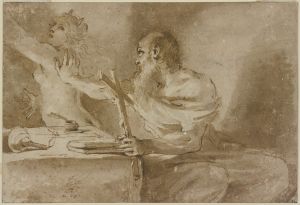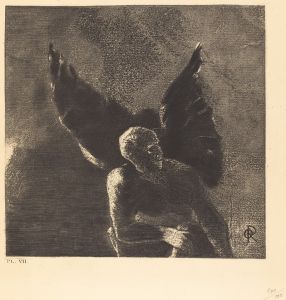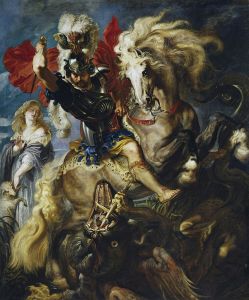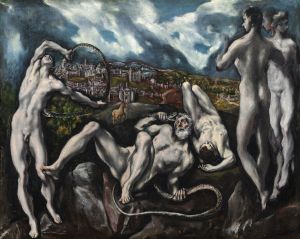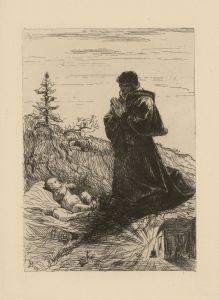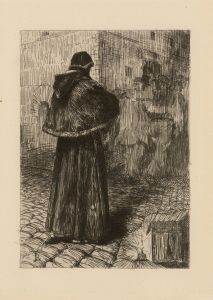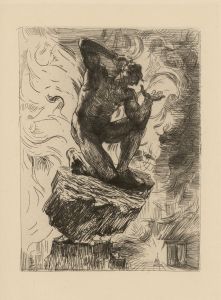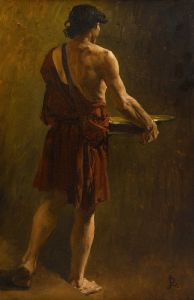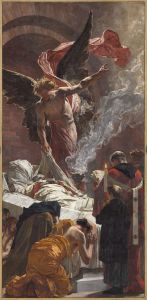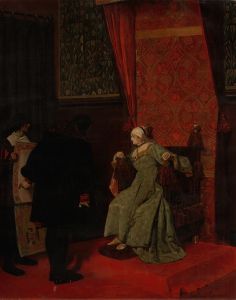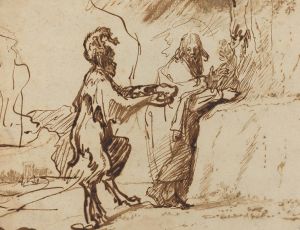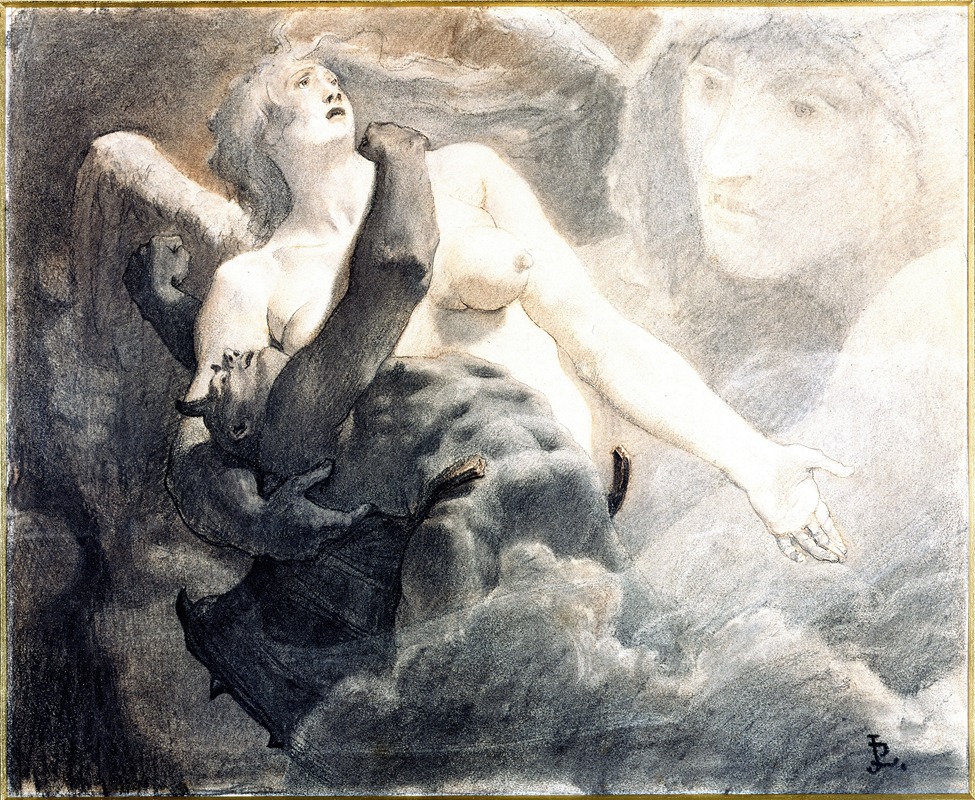
Satan et l’ange liberté
A hand-painted replica of Jean-Paul Laurens’s masterpiece Satan et l’ange liberté, meticulously crafted by professional artists to capture the true essence of the original. Each piece is created with museum-quality canvas and rare mineral pigments, carefully painted by experienced artists with delicate brushstrokes and rich, layered colors to perfectly recreate the texture of the original artwork. Unlike machine-printed reproductions, this hand-painted version brings the painting to life, infused with the artist’s emotions and skill in every stroke. Whether for personal collection or home decoration, it instantly elevates the artistic atmosphere of any space.
Jean-Paul Laurens was a prominent French painter and sculptor, known for his historical and religious scenes. One of his notable works is "Satan et l’ange liberté" (Satan and the Angel of Liberty), which reflects his interest in dramatic and allegorical themes. Laurens was active during the late 19th and early 20th centuries, a period marked by significant political and social changes in France, which often influenced the subject matter of his art.
"Satan et l’ange liberté" is a painting that exemplifies Laurens' skill in combining historical and allegorical elements. While specific details about this particular painting are limited, Laurens' body of work often explored themes of power, morality, and the human condition. His paintings frequently depicted historical or biblical scenes, rendered with a dramatic use of light and shadow, and a meticulous attention to detail.
Laurens was part of the academic art tradition, which emphasized technical skill and adherence to classical standards. He studied at the École des Beaux-Arts in Toulouse and later in Paris, where he was influenced by the works of other academic painters. Throughout his career, Laurens received numerous commissions for public buildings and was highly regarded in official art circles.
The title "Satan et l’ange liberté" suggests a confrontation or interaction between Satan, a figure often associated with rebellion and evil, and the Angel of Liberty, which could symbolize freedom and enlightenment. This juxtaposition might reflect the tensions between authority and liberty, a recurring theme in Laurens' work, especially in the context of the political climate of his time.
Laurens' paintings are characterized by their narrative depth and emotional intensity. He was adept at capturing the psychological complexity of his subjects, often portraying them in moments of moral or existential crisis. This ability to convey profound themes through visual art made him a significant figure in the academic art scene of his era.
In addition to his painting, Laurens was also a respected teacher, influencing a generation of artists through his work at the Académie Julian in Paris. His legacy is evident in the continued appreciation of his art, which remains a subject of study for its technical mastery and thematic richness.
Overall, while specific information about "Satan et l’ange liberté" is scarce, Jean-Paul Laurens' broader oeuvre provides context for understanding the themes and style likely present in this work. His paintings continue to be appreciated for their historical significance and artistic merit.





